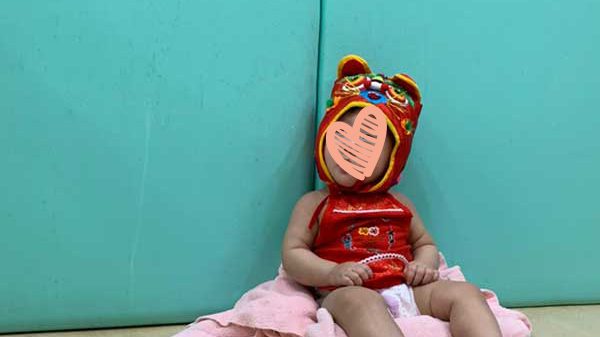
Adoption
Tilly shows happiness and smiles when interacting with her caregiver and when listening to the caregiver speak. When she is sleepy, she will hold her caregiver’s hand which comforts her and allows her to fall asleep quickly. Tilly recently started attending school at a developmental center. It took her a week to adjust to the new environment, but she has since made progress.
Tilly has speech, physical, and occupational therapy regularly. In therapy, Tilly's caregivers guide her in the actions of patting a toy, sitting cross legged, and supporting herself with arms on the floor. Her laughter and noises during the sessions indicate she enjoys the therapy sessions.
Tilly has significant medical needs that will require excellent medical resources once she comes home. If you are interested in learning more about this little girl, please email us at [email protected]! Our staff would love to share more photos and information about her.
We're sorry no stories match the filters you've chosen. Please adjust your selection of filters.

Adoption
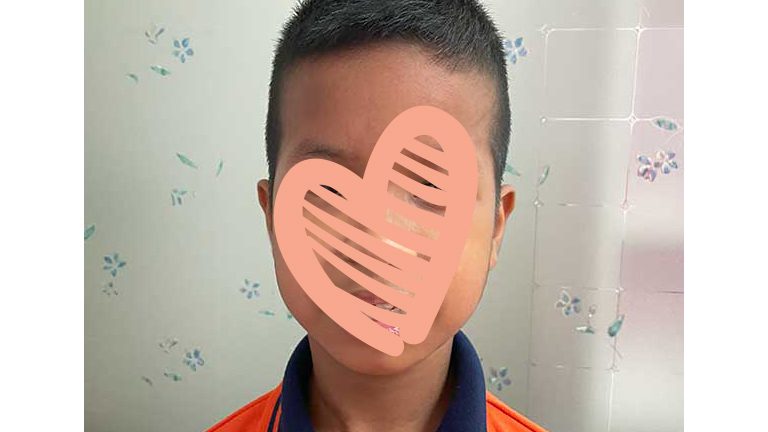
Adoption
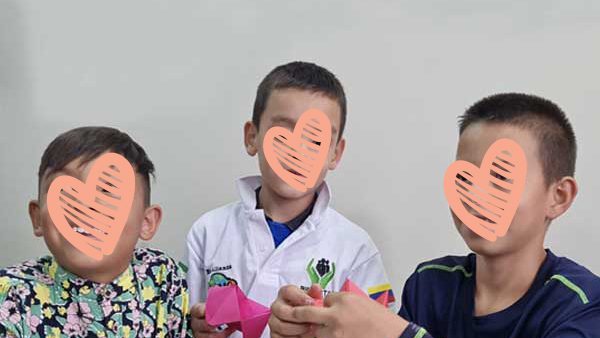
Adoption
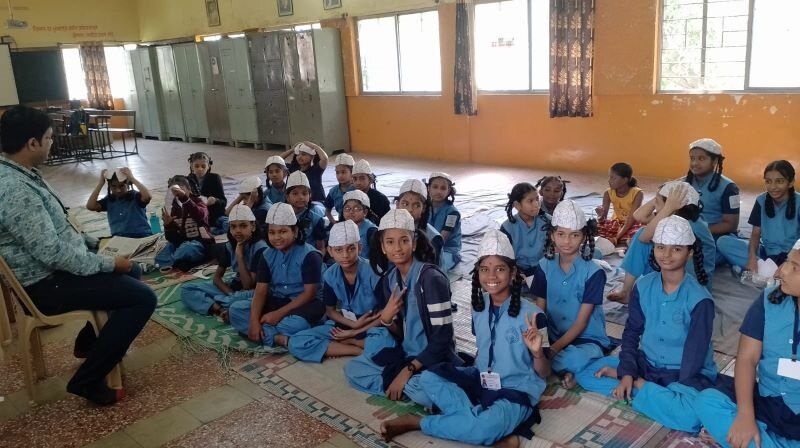
Orphans & Vulnerable Children
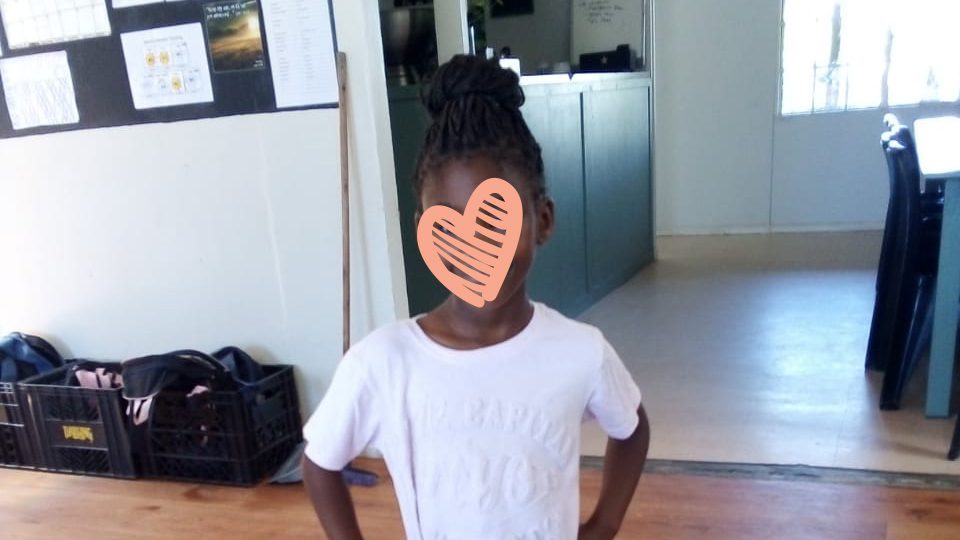
Adoption
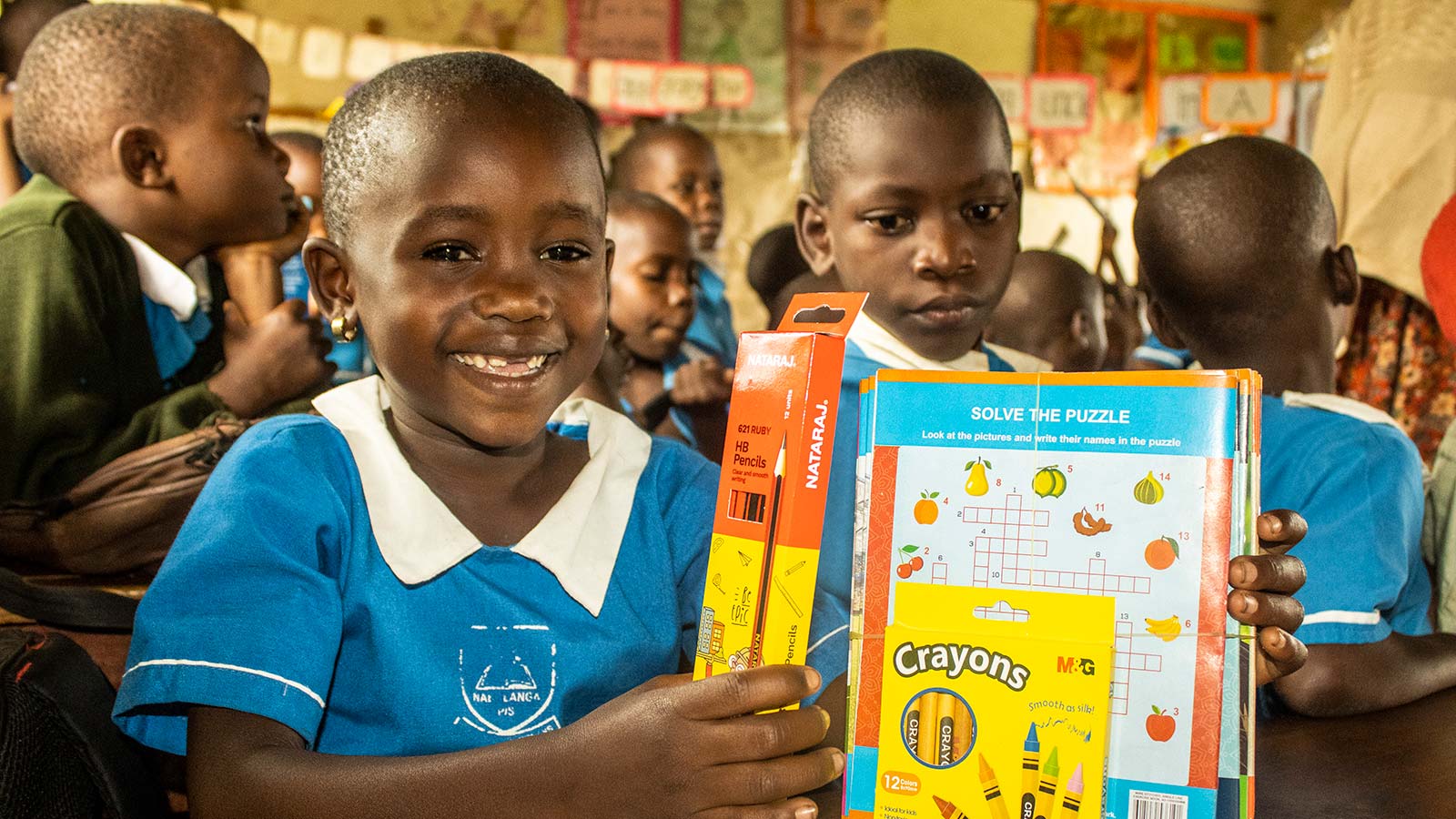
Orphans & Vulnerable Children
Uganda
Early Childhood Care & Development

Orphans & Vulnerable Children
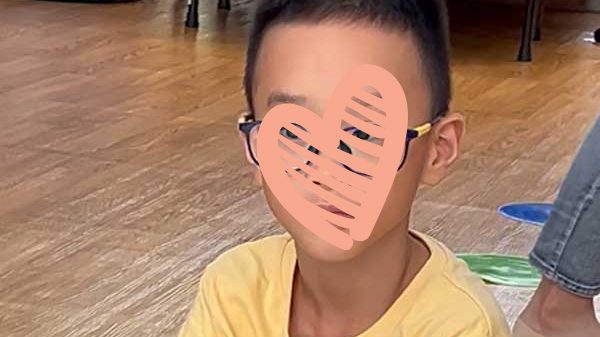
Adoption
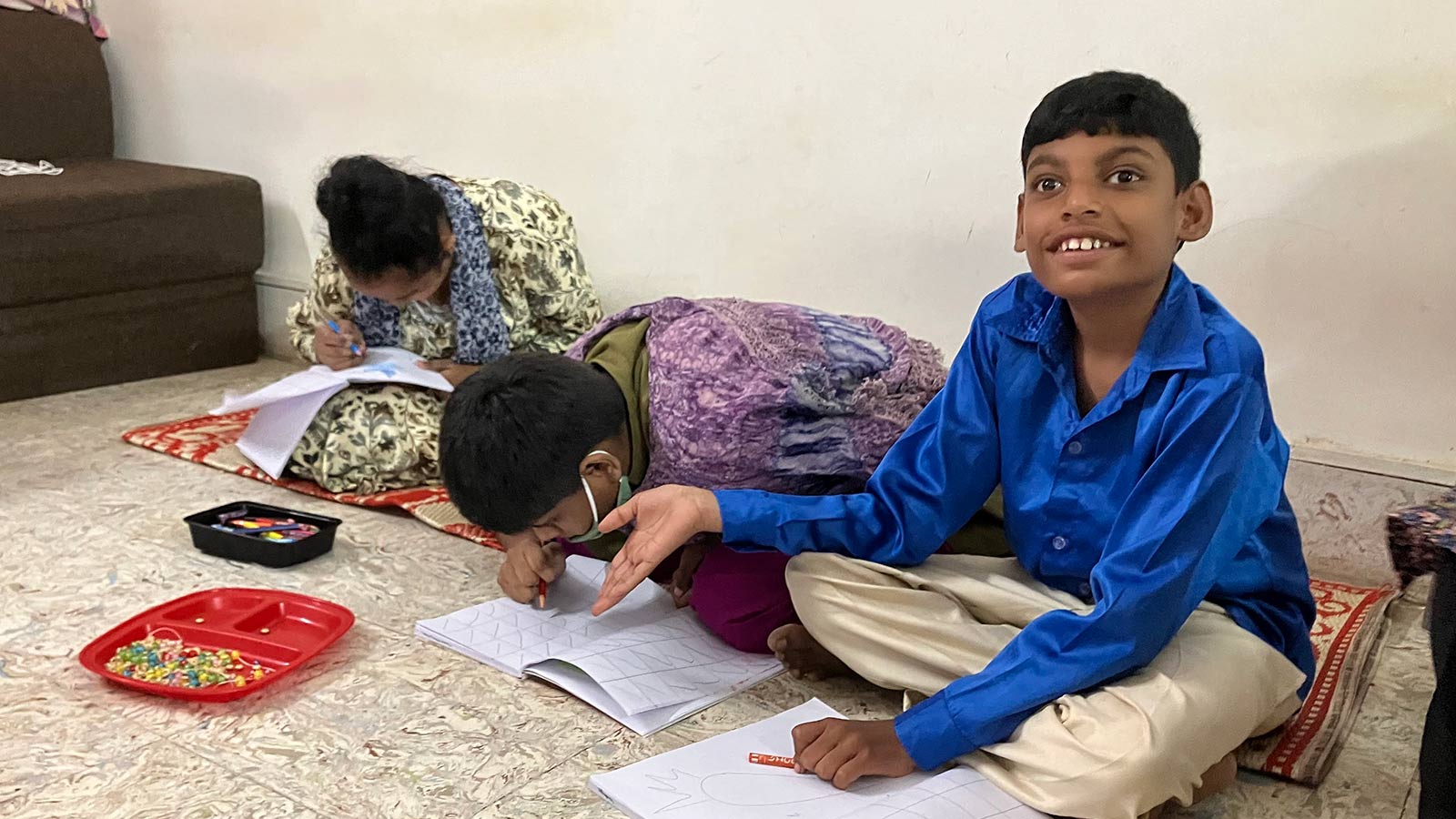
Family Strengthening